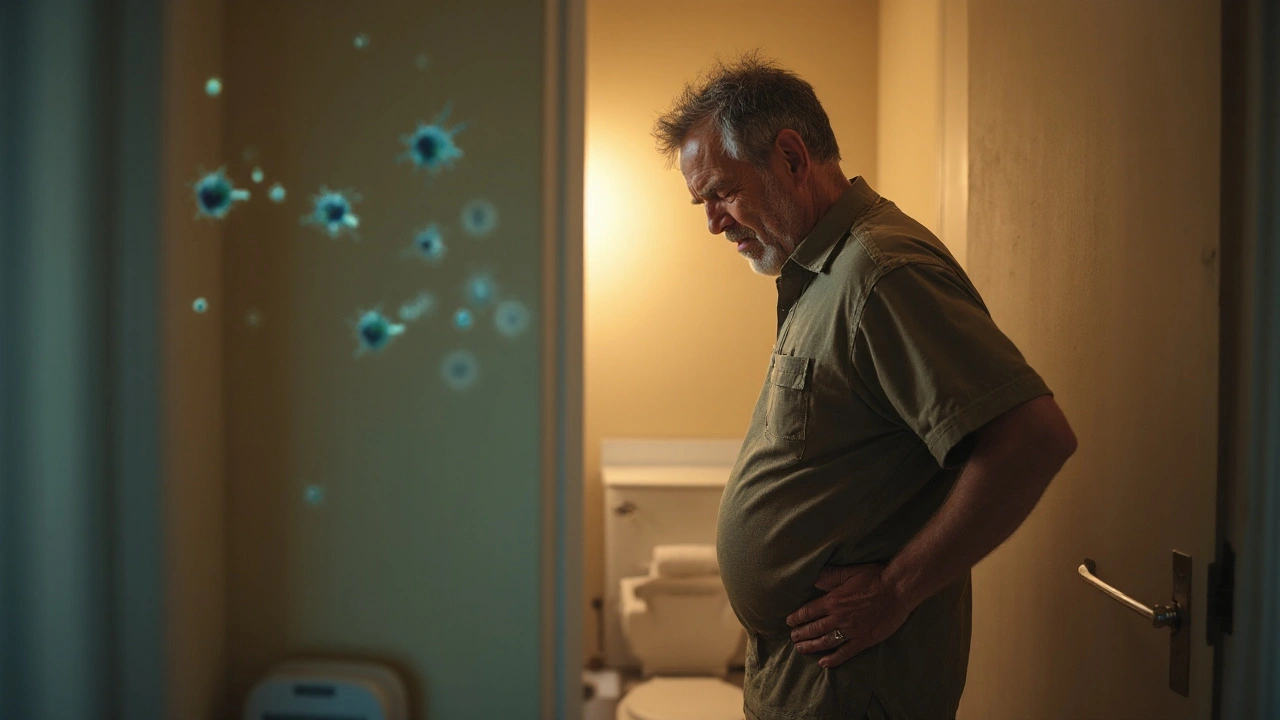BPH: What You Need to Know About Benign Prostatic Hyperplasia
If you’ve heard doctors mention BPH, you probably wonder what it means for you. BPH stands for benign prostatic hyperplasia, a non‑cancerous growth of the prostate that many men experience as they age. It’s common, but it can cause annoying urinary problems if left unchecked. This guide breaks down the basics, tells you when to get checked, and shows practical ways to manage it without feeling overwhelmed.
Understanding BPH and Why It Happens
The prostate sits just below the bladder and squeezes the urethra. When the gland slowly enlarges, it can press on the urethra, making it harder to empty the bladder completely. Hormones, especially dihydrotestosterone, and aging are the main drivers. Most men notice some change after age 50, but the speed of growth varies a lot. The good news is that BPH isn’t cancer, and it rarely turns into something more serious.
Typical Symptoms and When to Seek Help
Common signs include a weak stream, frequent trips to the bathroom (especially at night), a feeling of incomplete emptying, and a sudden urge to go. Some men also notice dribbling after they finish. If you notice any of these for several weeks, it’s worth talking to a doctor. Early evaluation helps rule out infection or other issues and lets you plan the best approach before symptoms get more bothersome.
Doctors usually start with a simple questionnaire, a digital rectal exam, and a urine test. They might add a prostate‑specific antigen (PSA) check to make sure there’s no hidden cancer. In some cases, an ultrasound or flow test is ordered to see how well urine moves.
When it comes to treatment, you have options ranging from watchful waiting to medication and surgery. If symptoms are mild, lifestyle tweaks—like cutting down caffeine, reducing fluid intake before bedtime, and doing pelvic floor exercises—can make a big difference. These changes are free and easy to try.
Medications are the next step for many men. Alpha‑blockers (for example, tamsulosin) relax the muscles around the prostate, improving flow. 5‑alpha‑reductase inhibitors (like finasteride) shrink the gland over months. Some doctors combine both for faster relief. Side effects exist, but they’re usually mild, and your doctor can help you find the right dose.
When medicines aren’t enough, minimally invasive procedures are available. Options include transurethral microwave therapy, laser therapy, or the classic transurethral resection of the prostate (TURP). These procedures target the excess tissue and often restore normal flow quickly. Recovery times vary, but most men return to daily life within a few weeks.
Living with BPH also means staying on top of regular check‑ups. Prostate health can change, and adjustments to treatment may be needed. Keep a symptom diary—note how often you go, how strong the stream feels, and any nighttime trips. Share this log with your doctor; it makes decisions easier.
PharmaScout has dozens of articles that dive deeper into specific BPH meds, side‑effect management, and the latest minimally invasive techniques. Use our site to stay updated and make informed choices about your prostate health.

